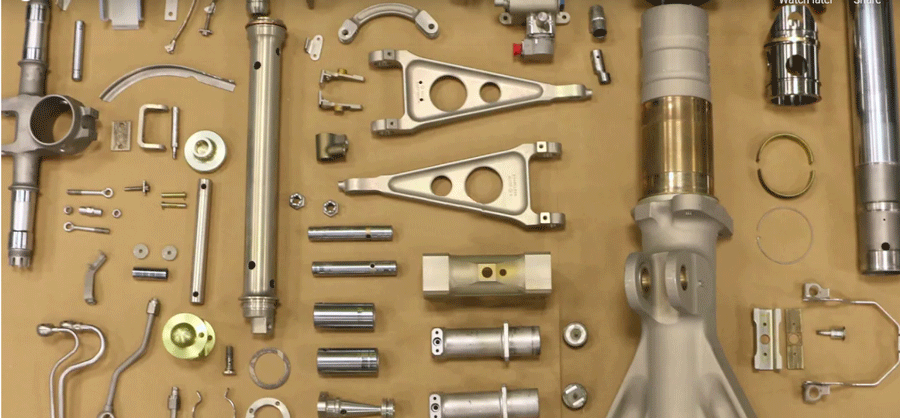 An aircraft’s logbook is the written record and representation of an aircraft’s history. Whatever impacts an aircraft, whether maintenance, parts, life-limited components, inspections, etc., requires documentation in the form of a logbook entry. This is required by FAR (Federal Aviation Regulation) 43.9 and FAR 43.11. Like the old industry adage goes, "If it's not recorded, it never happened."
An aircraft’s logbook is the written record and representation of an aircraft’s history. Whatever impacts an aircraft, whether maintenance, parts, life-limited components, inspections, etc., requires documentation in the form of a logbook entry. This is required by FAR (Federal Aviation Regulation) 43.9 and FAR 43.11. Like the old industry adage goes, "If it's not recorded, it never happened."
The tracking of life-limited aircraft parts is essential, not just for the safety of passengers and crew but for the safety of your wallet as well.
Aircraft parts with very short life limits that are not part of a component are easily replaced and well-tracked items by maintenance. However, problems arise when the same level of detail is not applied to components and the life-limited parts within.
Detailed logbook entries become critically important when an aircraft is in for life-limited component inspection, such as landing gear or the many life-limited parts within the landing gear. Were they overhauled? Repaired? Replaced? Was the replacement an overhauled component? How much life was remaining? What about Chapter 4 items? If these components are not adequately recorded in your records, you have a part with unknown time, which can be costly.
When a component is in for repair or overhaul and is replaced with a rotable unit with a different number of cycles remaining, document these different cycles in the logbooks.
This detailed level of logbook recording also applies to components that are not life-limited but have internal parts that are. The installed components may have been through any number of maintenance events. Are their times and cycles different? Were the internal life-limited parts replaced with a new part or serviceable part?
If components and all internal life-limited parts are not tracked and recorded in detail in the logbooks, it’s as if it did not happen and could lead to spending a lot of money to replace them due to unknown times and cycles, fines from the FAA, or even worse a failure leading to an accident.
Meticulous tracking of all these parts will save you time and money in the long run.
January 2026
December 2025
December 2025
December 2025
November 2025